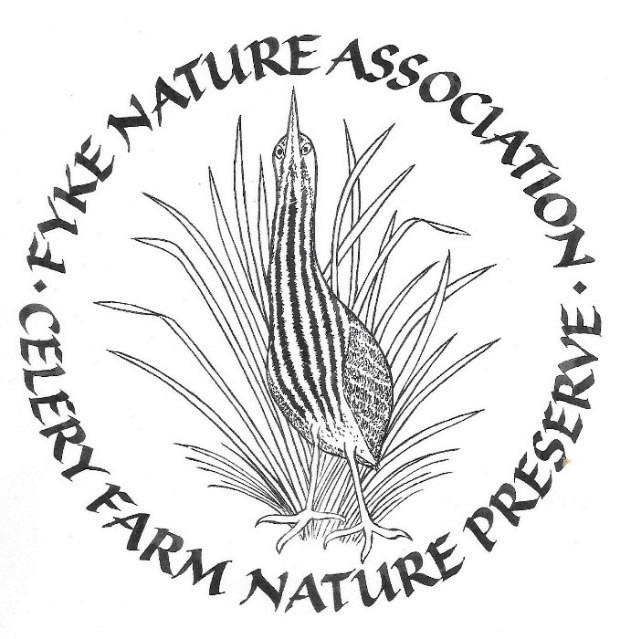Celery Farm Habitat Restoration

Over the years the vegetation in the Celery Farm has changed with the proliferation of invasive species crowding out the native plants, reducing the wildlife diversity that depends on the insects and other animals that eat the native plants. Consequently, our active intervention is necessary to preserve the Celery Farm as habitat for many native species. This ongoing work is done by Fyke volunteers who are motivated by their passion for environmental stewardship of the preserve.
The native deer no longer have any predators, resulting in a population explosion. By and large the deer browse on native plants and avoid the unfamiliar introduced plant species, resulting in the invasive overgrowth of certain introduced species and the disappearance of the native plants that other native species depend on. Habitat restoration works to rebalance the diversity of vegetation in favor of the native species.
Deer exclosures are an effective approach and the Fyke Nature Association has funded the installation of one in the Celery Farm, but it encloses only a small fraction of the Preserve. Surrounding the entire Preserve is not practical.
It is necessary to practice a form of gardening.
The Celery Farm soil has a high organic content and the pH is in the ideal range for native plants, something to be expected in a place that was a working farm in the 1950s and which has been confirmed by this Rutgers Soil Report.
Removing the invasive plants is just the first step. If the cleared area is left alone, the invasive plants will quickly recolonize the area. The invasives removal must be followed up by replanting the area with native species. And the seedlings must be protected from the deer with temporary fencing until they get established.
This is how the Fyke volunteer teams are approaching the task of habitat restoration at the Celery Farm. The ongoing Habitat Management projects welcome new volunteers. If you are interested, email volunteers@fykenature.org
